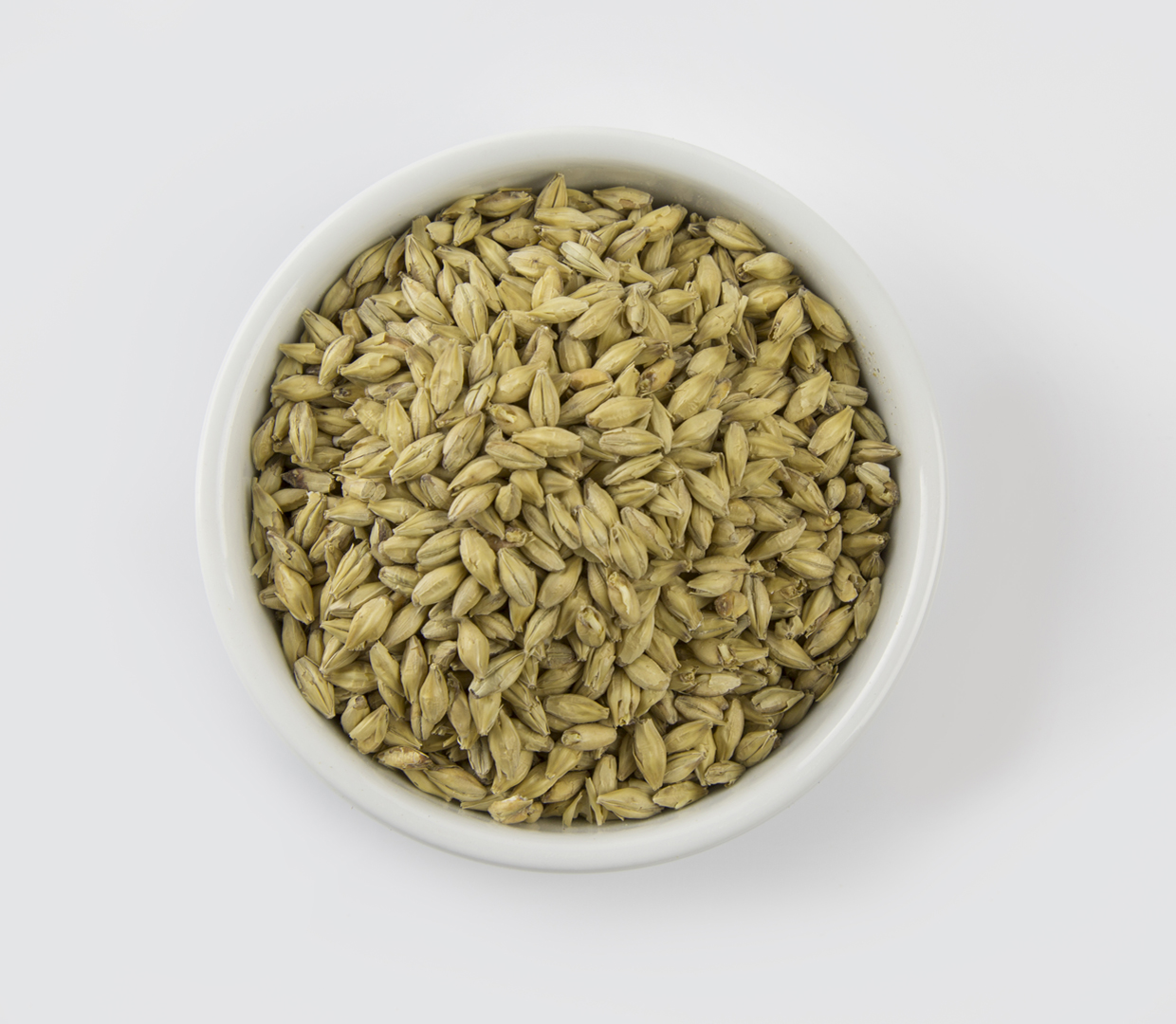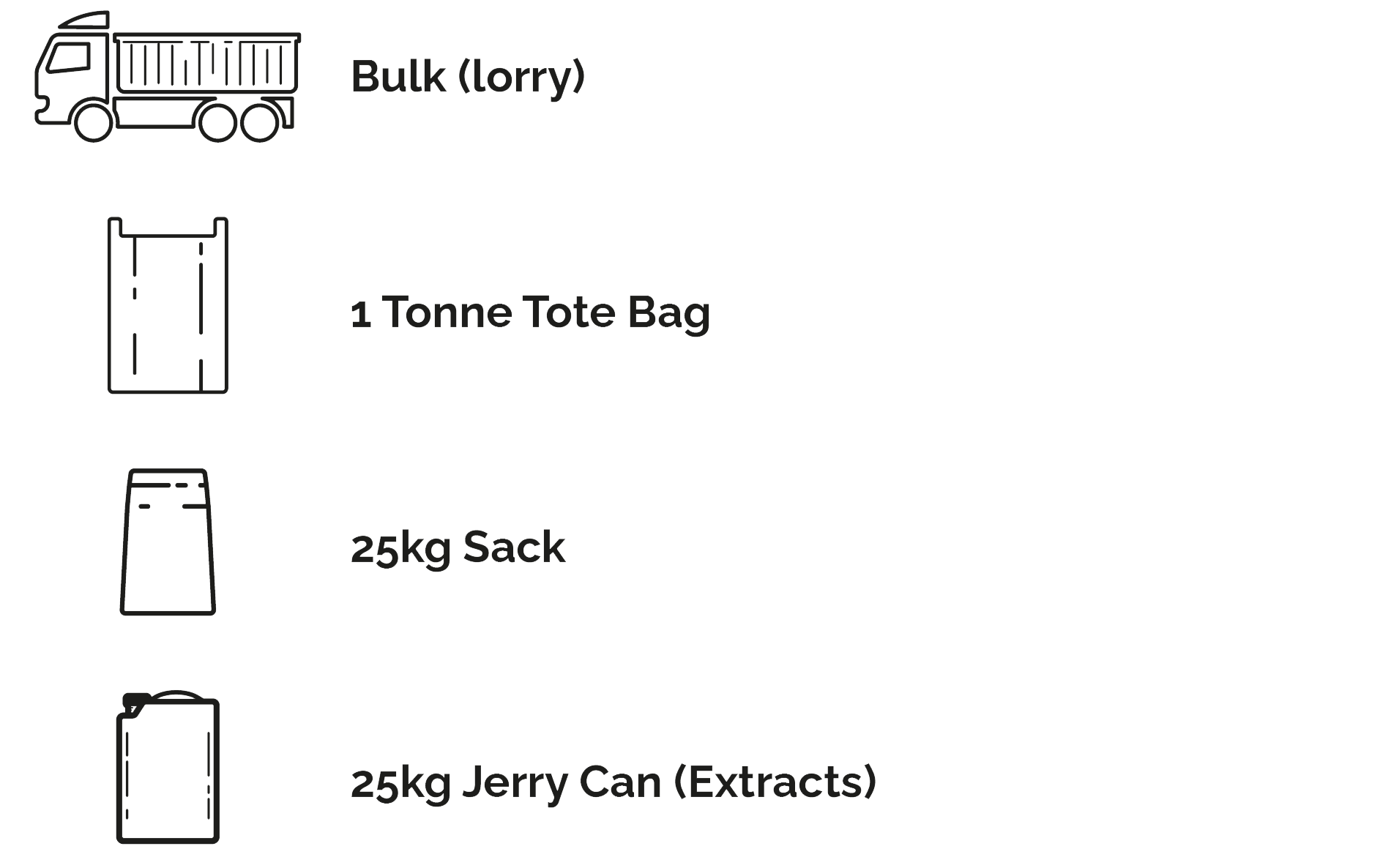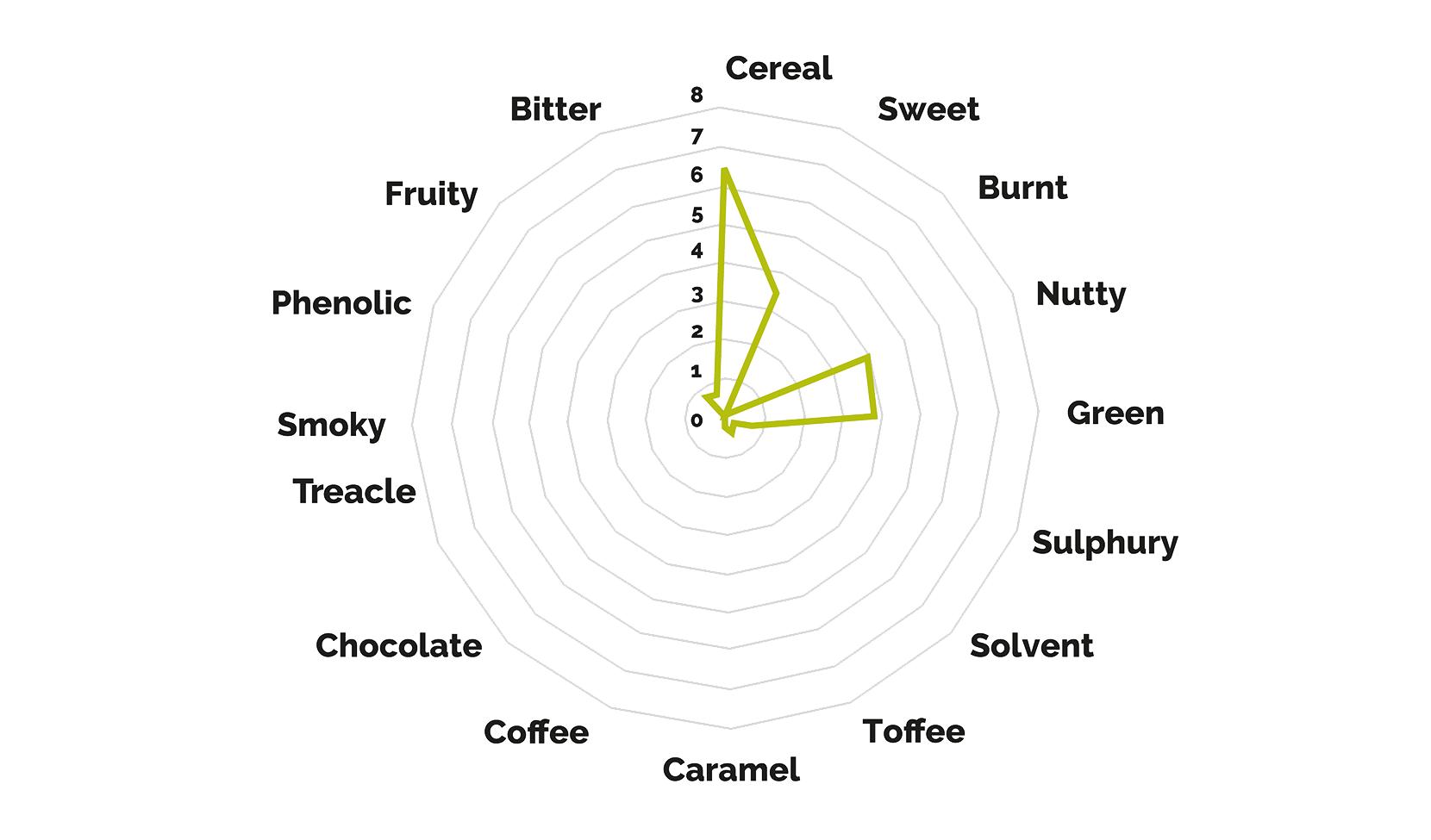
Malt sensory analysis
Although malt tasting is not currently any part of the malt specification, it does offer possibilities to differentiate both positive and negative flavours. Conventional malt analysis may suggest that malts are identical however their flavours could well differ significantly.
We use a method to fully describe the profile of malt using a ‘porridge’ made by grinding whole malts with a small amount of water which helps in the tasting process.
The malt flavour wheel has allowed us to create distinct flavour profiles for the wide range of malts and malted ingredients we produce.

Available pack sizes


The craft beer movement having concentrated largely on traditional ales, porters and stouts is now showing interest in lager. Traditional bottom fermented lagers, matured or ‘lagered’ for weeks or months at low temperatures, develop a character and drinkability far removed from the chill filtered, highly carbonated beers traditionally sold as lager in the UK.
Muntons Pilsner Malt has been malted to provide the perfect base for a craft lager. This malt, which is related to our traditional Lager Malt, has its very own production profile, which ensures that the brewing process will be as smooth as possible. With our Pilsner Malt, we have slightly increased the modification and reduced the Beta Glucan level by 45%. Not only does this improve the brewing performance of our Pilsner Malt but it also adds flavours reminiscent of honey and freshly baked biscuits.
Applications:
A further benefit of our Pilsner Malt is its high level of enzyme activity - both DP and DU. This will increase the speed of starch conversion and increase the attenuation levels of the beer. When brewing, we recommend mashing at 62 - 63°C for a traditional lager. Please keep the gelatinisation temperature of your crop in mind. For more information ask your usual Muntons sales contact.
Typical Analysis:



